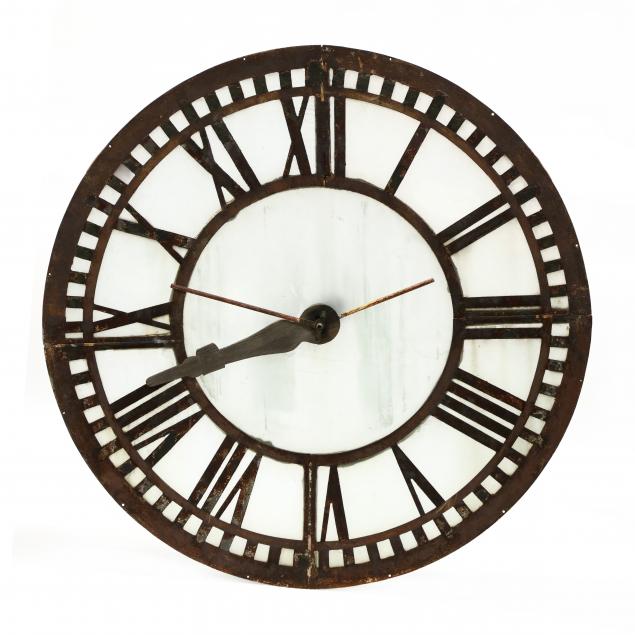
The Peet Brothers (William, Robert, and James) Company merged with Palmolive in 1926.īy the 1950s, the Colgate complex expanded to the six-block area of York, Greene, Hudson, and Grand streets. While the industrial plant no longer exists due to waterfront redevelopment in the 1990s, "G Block," an eight-story building for manufacturing personal care products, remains. "Palmolive" in the name came from a palm and olive oil soap, first produced by the B.J. Jersey City became Colgate's corporate headquarters in 1910 and merged with the Palmolive-Peet Company to form the Colgate-Palmolive-Peet Company in 1928. It revolutionized dental care with toothpaste sold in jars (1873) and later in a "collapsible" tube (1896). It took on brand products such as Octagon soap and a perfumed-soap Cashmere Bouquet.

A decade later, Colgate's son Samuel reorganized the company as Colgate & Company.

When Colgate moved his company to Jersey City in 1820 to produce starch, it was referred to as "Colgate's Folly." The company instead flourished and expanded to a sizeable complex by 1847. William Colgate founded Colgate's Soap and Perfumery Works, later Colgate-Peet, in 1806. The company manufactured starch, soaps, and candles at a shop on John and Dutch Streets, New York City.

It became more hi-tech with 3,500 LED bulbs and a new motor installed in 2019. The engraving on the new platform reads: "The Colgate Clock/Marking the Passage of Time since 1908." Colgate-Palmolive continues to own the clock. In 2013, the clock was moved to its present location on property leased from the State of New Jersey, south of the Goldman Sachs Tower at the foot of Essex Street. In 1988, Colgate decided to leave Jersey City, citing the need for improved facilities. The iconic clock was removed from the building, lowered to ground level, and installed as a freestanding local landmark on the Goldman Sachs property, which became part of the 24-acre waterfront redevelopment at Exchange Place in the 1990s Then a toothpaste tube that advertised one of Colgate's best-selling products replaced the original signage. Overlooking the Hudson River, the octagonal clock and signage "Soaps-Perfumes" perched above the Colgate complex remained unaltered until 1983. The dimensions of the clock's hands were altered by counterbalances making for inconsistencies in published measurements of the timepiece. The new installation finally happened on July 28th and 29th, and the iconic timepiece was operating again in a week ("New Hands on Big Clock." New York Times 30 July 1955). The replacement of the clock's hands took longer than expected, prompting hundreds of calls to the company from those dependent on the clock to keep them on schedule. The steel trusses that support the hands had rusted." (Meyer Berger, "About New York." New York Times 11 July 1955). had Colgate mechanics bowlegged changing counterweights to keep the time just right. the laminated wooden hands, waterlogged on wet or humid days. On June 13, 1955, after almost 31 years of enduring the elements, the clock was stopped at 9:30 a.m. for repairs. The clock's mechanism, similar to a traditional wall clock with weights and wheels, was powered by twenty-eight rechargeable large-volt batteries. A small master clock at Colgate's plant reception office checked the time against the US Naval Observatory in Washington, DC. The timepiece could be adjusted and was set within one minute of accurate time. The minute hand is 25 feet, 10 inches long, and the hour hand is 20 feet long, both mounted on a face of stainless-steel slats. The clock's surface has a 50-foot diameter, is 1,963.5 square feet, and is fitted into a structural steel framework. The clock's design was inspired by the shape of a bar of Octagon Soap, first manufactured by Colgate in 1887 as a laundry cleanser. Located on the former site of Colgate -Palmolive & Company, it was the company's second clock that became the city's iconic symbol for its industrial waterfront and synonymous with the company. The octagonal Colgate clock, facing Manhattan, was set in motion at noon on December 1, 1924, by Jersey City's Mayor Frank Hague.


 0 kommentar(er)
0 kommentar(er)
